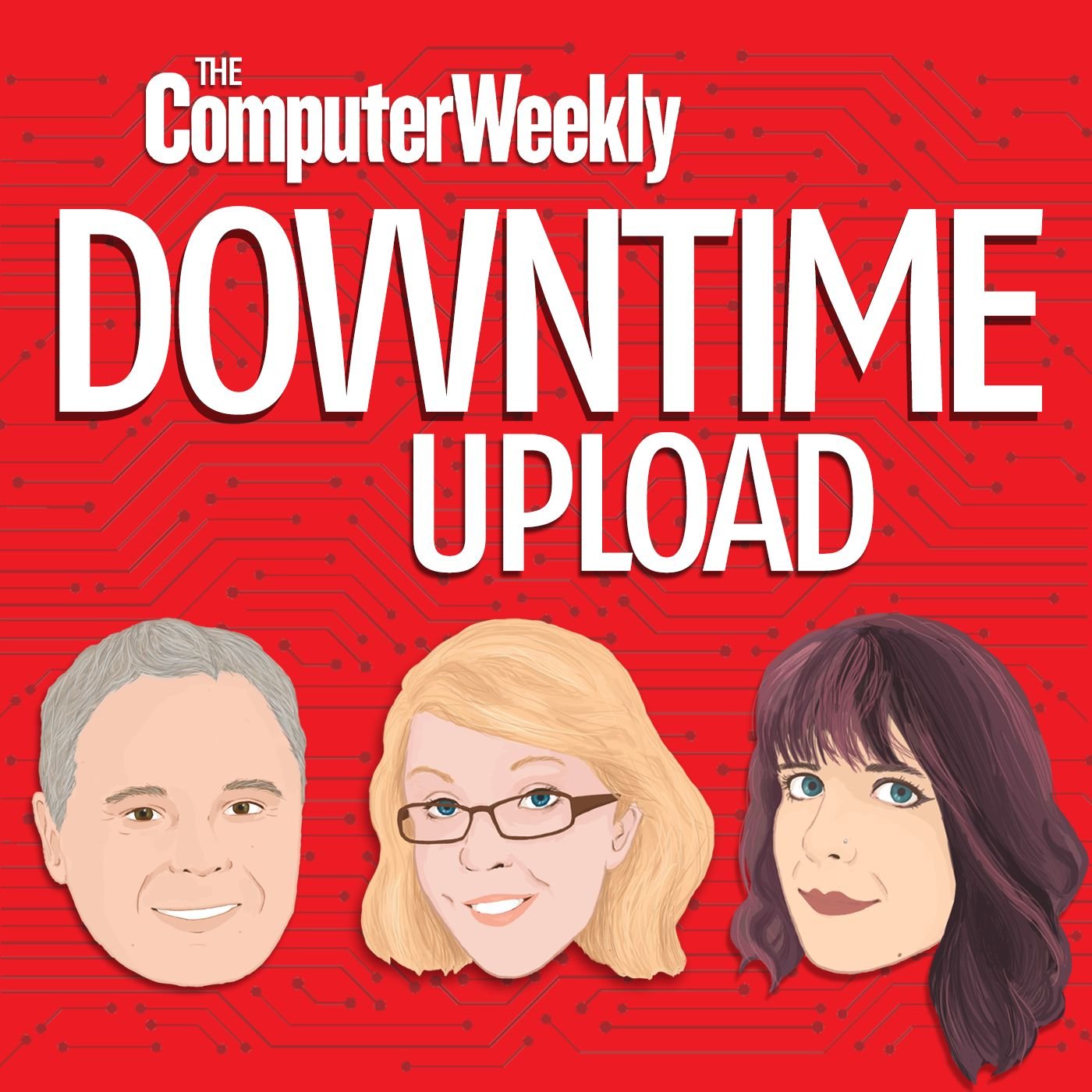
AHMAD FAIZAL YAHYA - stock.adobe
Business workflows: A Computer Weekly Downtime Upload podcast

How ServiceNow is being used to drive business processes across IT and other business areas
IT leaders are spoilt for choice when it comes to selecting a suitable platform on which to base a digitisation strategy. Manchester Airport, for instance, is one of the organisations that has put the ServiceNow platform at the heart of its plans.
Speaking to Computer Weekly during the ServiceNow World Forum 2022 in London, Manchester Airport’s chief digital officer, Ryan Cant, describes choosing a platform as an “age-old headache,” but adds: “It’s a nice headache to have as a chief digital officer.”
The starting point, says Cant, is about making sure the technology selection choice fits the task it is being used for. “You’ve got to make sure you’re picking the right tools in the right platform for the problem you’re trying to solve,” he says. “This sometimes starts with having to make sure you’ve really understood the problem.”
Given the post-Covid-19 challenges the air travel has faced, Manchester Airport needed a way to streamline the recruitment process in human resources (HR). The travel disruption during the school holidays shone a spotlight on the need for airports to improve the lead time on vetting new recruits and hunting for talent in a competitive employment market.
For Cant, these issues facing air travel meant there was a need for greater levels of automation and digitisation around recruitment and the process for onboarding new joiners. ServiceNow effectively powers the workflow for the new joiners HR process.
Among the reasons Cant and the team at Manchester Airport selected ServiceNow is that the platform is modular enough to enable the organisation to add value incrementally. Cant explains: “I think one of the challenges with digital transformation, no matter what organisation you're trying to do it in, is that it can feel overwhelming, especially when you’ve got an organisation that’s heavily reliant on legacy IT and manual processes, with perhaps a very complex application architecture.”
This was the situation at Manchester Airport. “We could pick modules to deliver incremental value to the business,” he says.
Almost as important as the modularisation of the platform is the ecosystem of implementation partners, says Cant: “Almost as important as the technology is that you choose the team that you build around to deliver the technology. I think that in my career so far, some of our biggest successes have been where the team dynamic has worked.”
ITSM, insourcing and Brexit
The Department for Environment, Food & Rural Affairs’ (Defra’s) journey with ServiceNow began as an exercise to migrate from a managed service provider to insourced IT. But as Gary Kinsella, head of end-user support at Defra explains, the platform has provided a way to optimise the workflow within IT and it is now being expanded to other parts of the organisation.
Along with the move four years ago to bring its IT service desk in-house, Defra also faced the prospect in 2016 of Brexit, and how to migrate from European Union-managed IT systems and processes. Kinsella said: “We had to develop new services to continue to be able to support citizens of the UK.”
As such, along with IT service management, Defra has used ServiceNow for customer service management to manage interaction with UK citizens and businesses.
Kinsella sees the ServiceNow platform as a portal to provide access to line-of-business applications and to streamline workflows. “We will drive outcomes through the ServiceNow platform,” he says.
For instance, the portal puts applications in one place and minimises the keystrokes required to access applications, which improves end-user experience. It also offers integration with the external organisations that Defra uses. Like Manchester Airport, the opportunity here is to improve workflows. In this respect, Defra has used ServiceNow to drive workflows that can deliver an outcome required by the end-user.
Such an approach has also been taken at Lloyds Banking Group, where ServiceNow drives IT service management. According to Gareth Dickey, a senior engineering manager at Lloyds Banking Group, ServiceNow acts as a master source of truth for ITSM data. Given that the banking sector is heavily regulated, this repository is used for governance and regulatory compliance and feeds the bank’s operational resilience and continuous monitoring controls.
As Manchester Airport’s Cant said, an age-old headache for IT leaders is in selecting the right tool for the job. If, at the end of a project, it seems the wrong product has been chosen, in his experience, the reason is often because the problem was not defined correctly.
Beyond tool selection, it is interesting to see how a back-office function like IT service management – which is usually the starting point on an organisation’s ServiceNow journey – can make a big difference, which can empower other parts of the organisation and lead the way to digitisation across the business.
Much of this is down to mapping out workflows, which reduces bottlenecks that prevent a business process from running smoothly and is a stepping-stone to automating the manually intensive aspects of the workflow.


